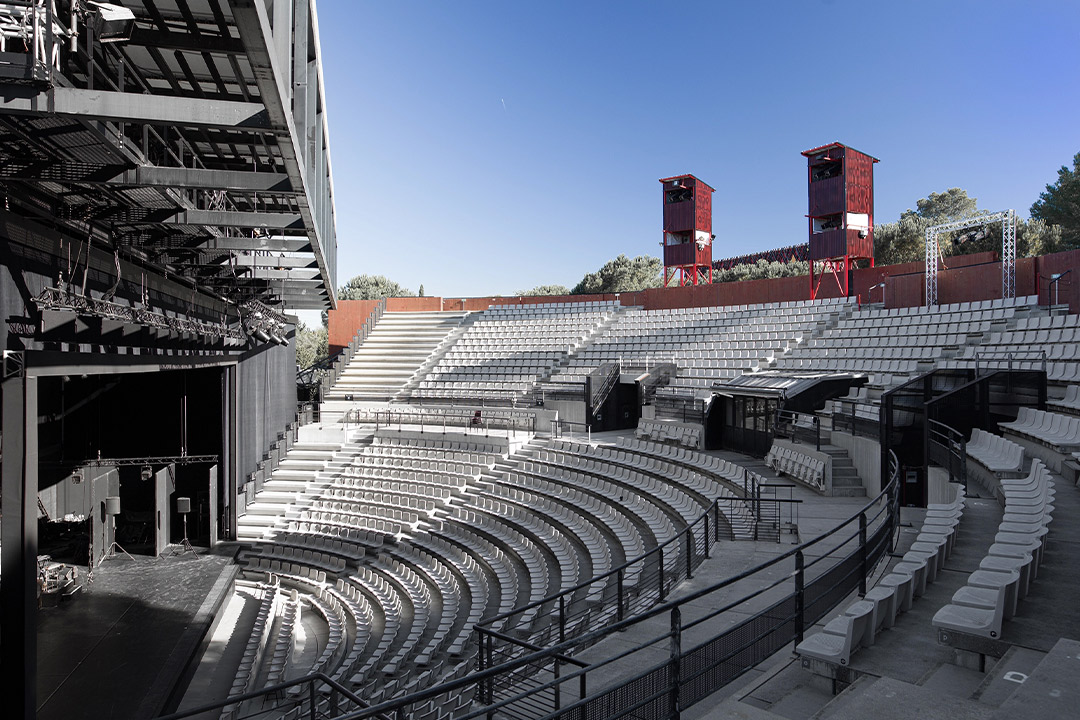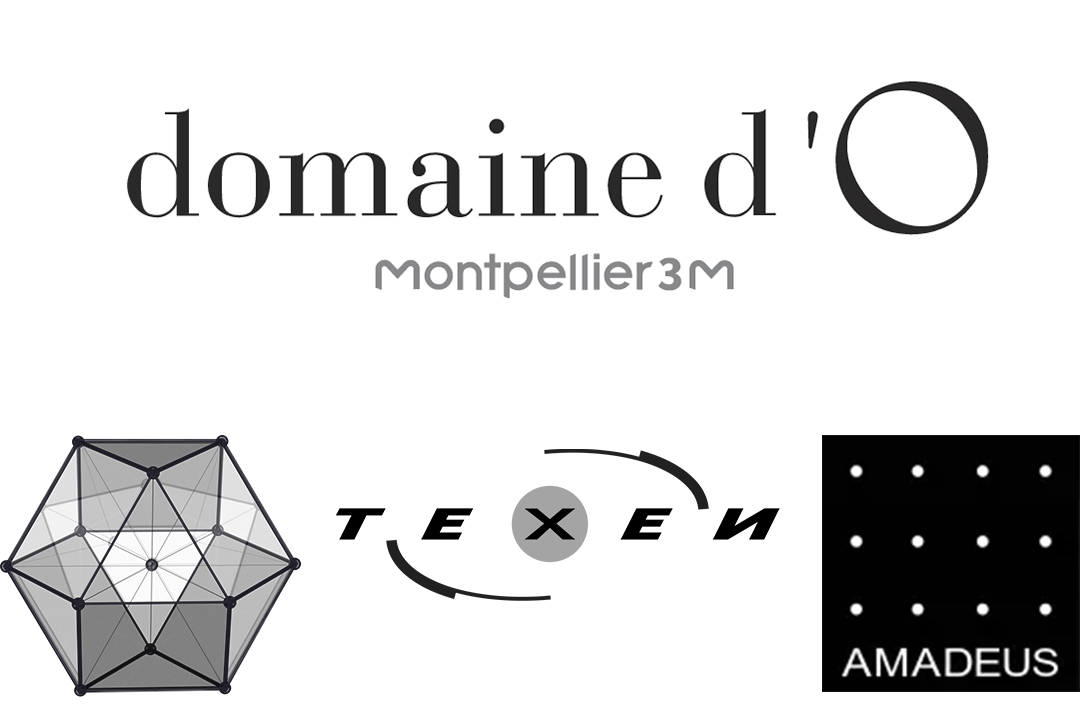Amadeus and HOLOPHONIX were chosen to design and install a new sound system for the Amphitheater d’O, part of the Domaine d’O – a multidisciplinary arts and entertainment complex in Montpellier, South of France. Because the open-air theater accommodates up to 1,800 people in a semi-circle of nearly 180 degrees, this presented an electroacoustic challenge for audience coverage and directivity control.
The Amphitheater d’O hosts four major festivals during the spring and summer seasons, including Le Printemps des Comédiens (a theater festival held throughout June), Folies d’O (a musical theater festival held in early July), and the Radio France Occitanie Festival (a music festival held throughout the month of July).
Over the 15 past years, the Amphitheater d’O has been equipped with various traditional front-of-house reinforcement systems, from renowned manufacturers. All of them were line source-based, arranged in stereo or L/C/R configurations, and rented during the festival season. As a result, only a few people sitting in the ‘sweet spot’ could hear in stereo during live performances. More than 90% of the audience – especially in this Greek-style theater – hears mono and comb filtering.
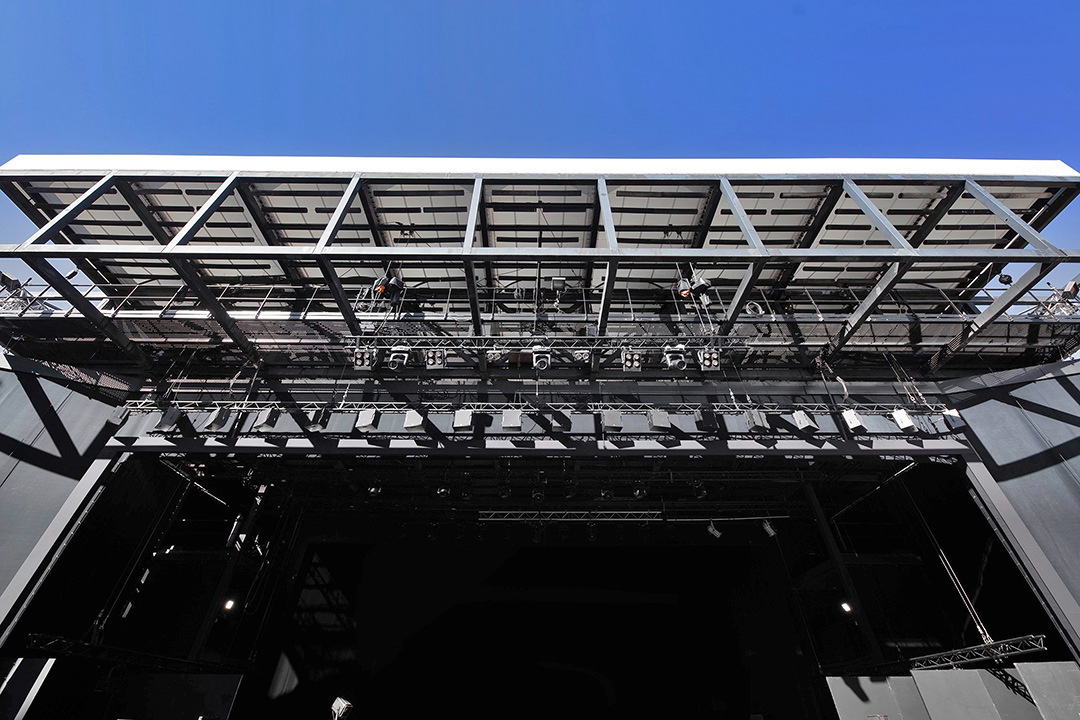
Realizing that there was definitely no way to accurately locate sound sources unless the listeners were sitting in the center of the venue, regardless of the loudspeaker manufacturer, the sound team began to take an interest in sound spatialization systems. Texen, a long-time supplier of technical resources at the Domaine d’O, asked Amadeus and HOLOPHONIX to find a way to solve this audio problem and provide the best possible experience for the audience.
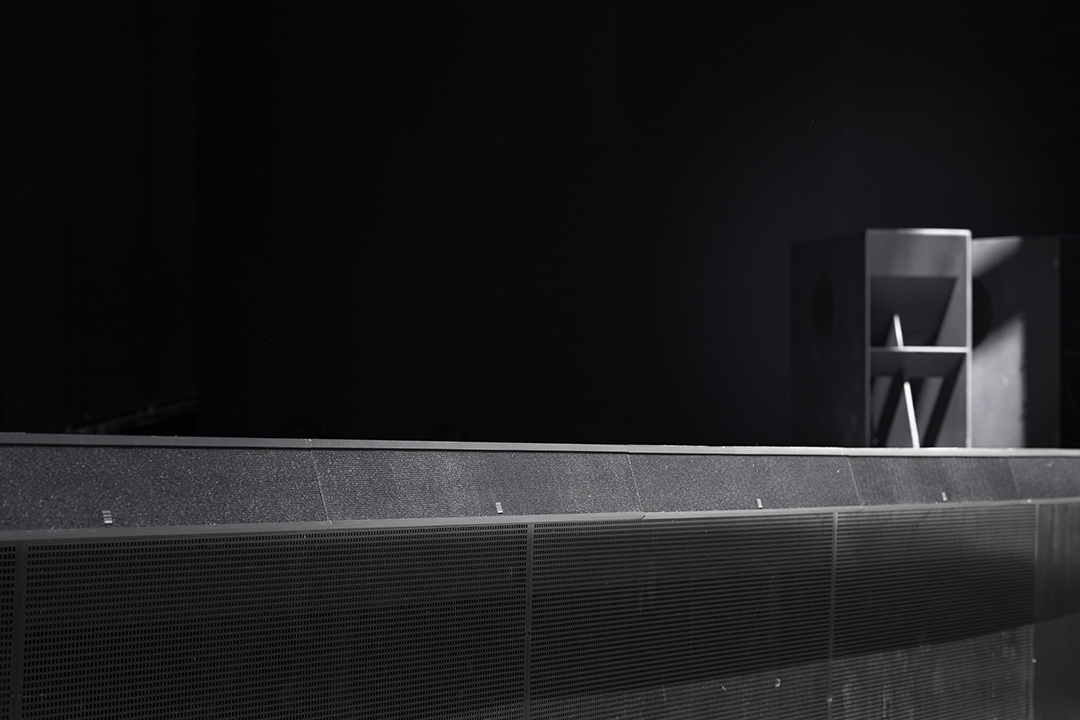
The Domaine d’O spatial sound reinforcement system designed and installed by Amadeus and HOLOPHONIX is composed of a nearly 20-meter custom-designed sound-ramp of speaker modules, each measuring 1460 mm, integrated into the front of the stage, with a line of eighteen point source C 15 speakers placed above it.
These speakers are complemented with subwoofers made of four cardioid stacks of DIVA M² SUB NEO bass complements and two stacks of MAESTRO I infra-subwoofers.
All the Amadeus speakers are controlled by the newly released HOLOPHONIX Ultra processor
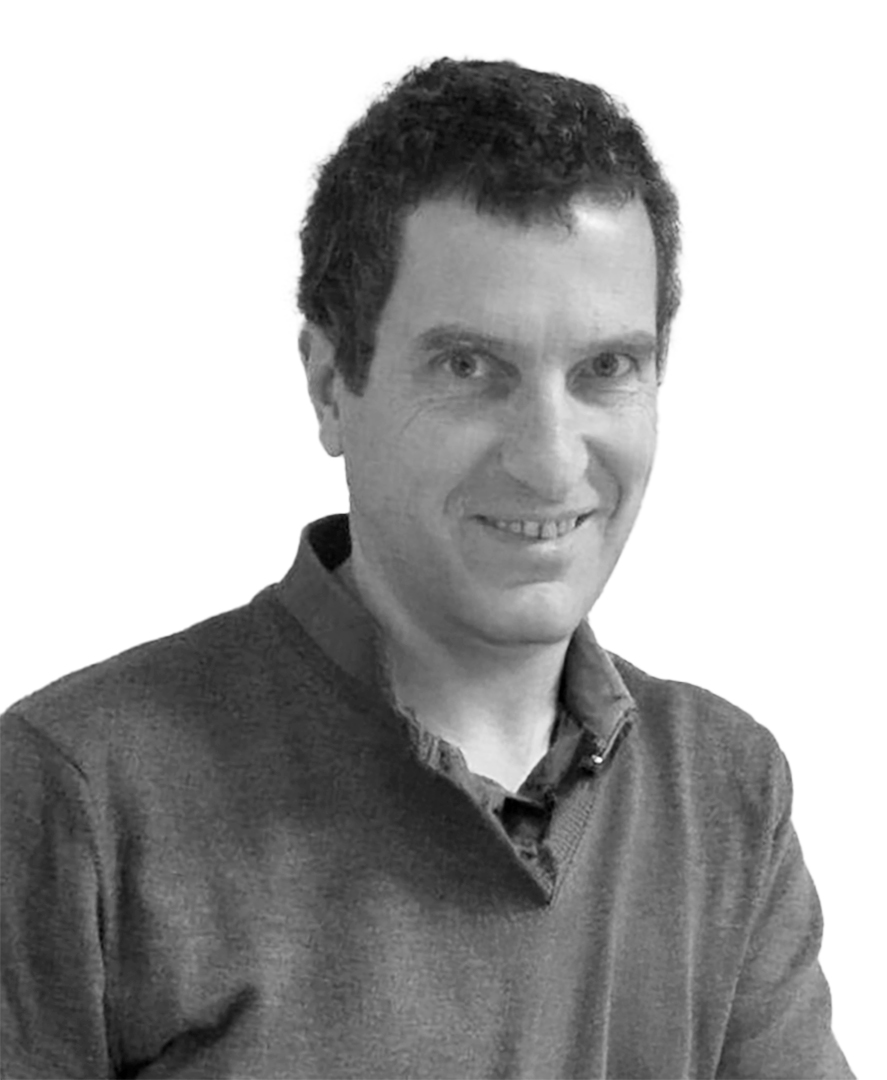
Nicolas Minssen, Technical Director at the Domaine d’O, explains his wishes for the new system, “We wanted the sound to come from the stage as much as possible. We wanted the sound system to ‘disappear’ in terms of perception and location.” “The main advantages of the new Amadeus solution installed at the Domaine d’O are the precision of the sound, the perfect coherence of the sound image for all the spectators, and the aesthetic discretion of the system,” adds Nicolas Minssen, noting how the new sound system is visually integrated with the theater.
Loic Lambert, Mixing Engineer at the Domaine d’O, offers, “Wherever you are in the amphitheater, the sound is coming from the stage. It’s a very pleasant sensation, you completely forget about the amplification.” Commenting on the how the new Amadeus sound system works for the performing arts companies visiting the Domaine d’O theater, Loic Lambert continues:
“The shows we host have not been created using immersive technology, and festival set-up and rehearsal schedules don’t allow any extra time for sound pre-production. It must work straight away. We ensure backward compatibility. We are always able to broadcast classic console outputs such as the L/R and/or the central cluster simulated in a WFS bus, for example.”
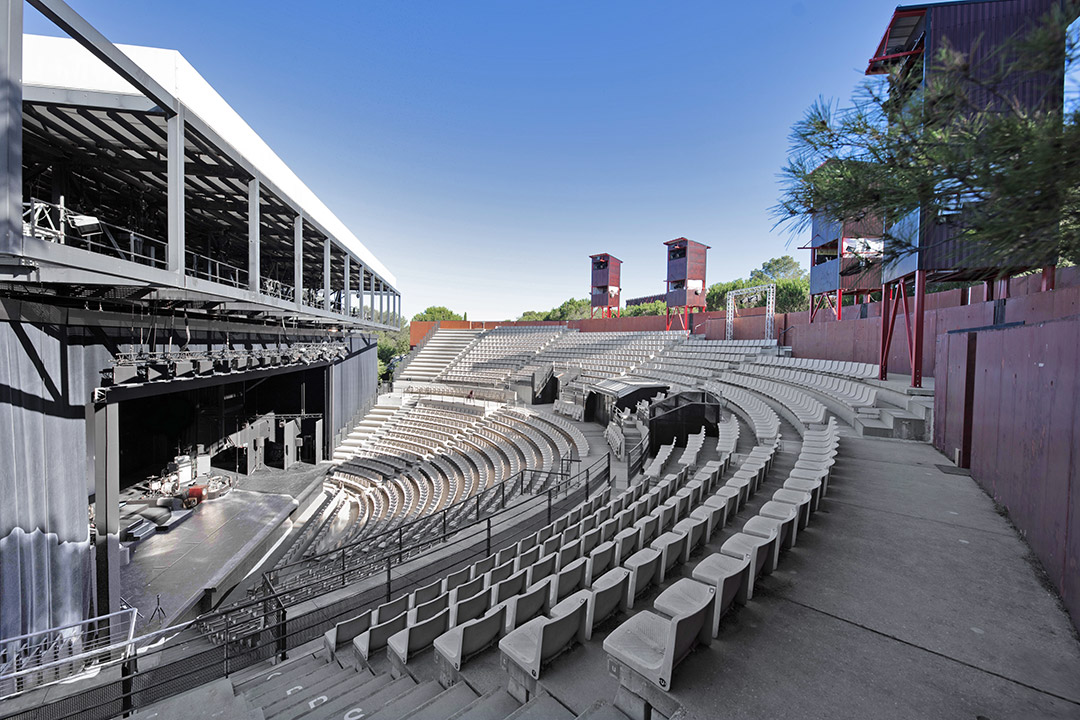
“We also work with each show’s operator to prepare the sources pre-routed and pre-positioned in HOLOPHONIX, as well as the console configuration,” says Loic Lambert “so that the switch from stereo to object mixing can be made with two clicks as soon as the operator is ready, without wasting any time. We can easily go from a stereo configuration to an immersive or hybrid configuration. Some people have gone fully immersive from the start, so the console workflow remains the same.”
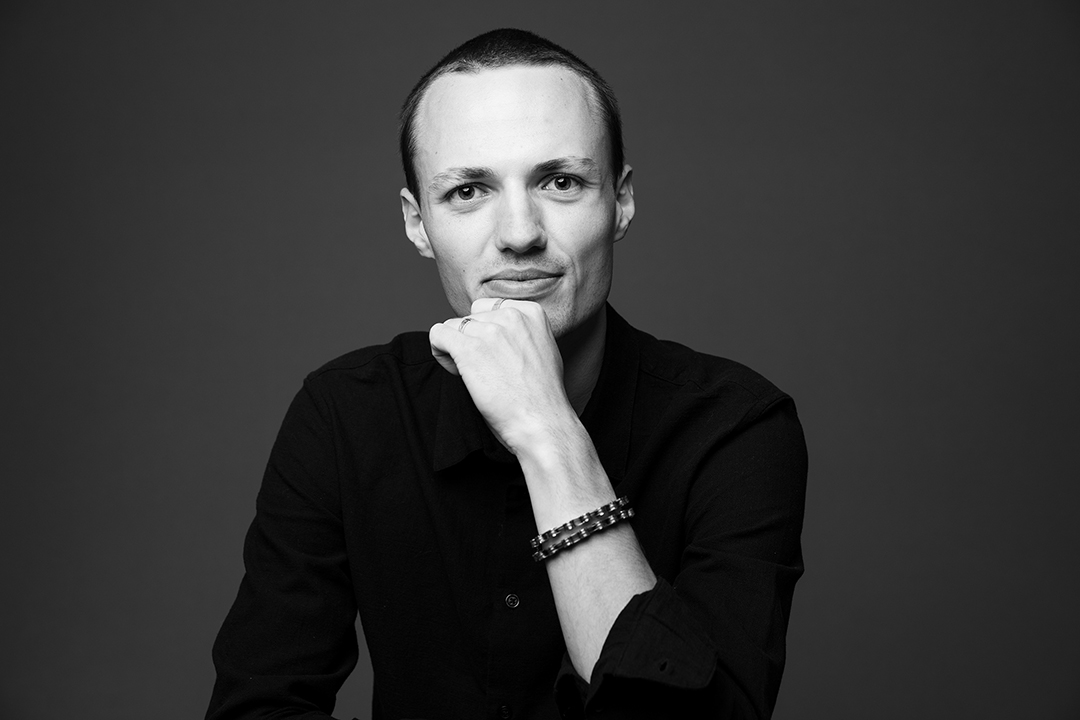
“The key part in the system tuning was to get the best uniformity of sound quality across the amphitheater. This system brings a spatial experience to the Domaine d’O which had never been obtained before while keeping a great sound quality and uniform coverage for all to enjoy this new experience, ”stated Adrien De Giovanni, Amadeus PhD Acoustic Engineer.
“We’re pushing the C 15 point source loudspeakers to their limits, not in terms of power or SPL, but in terms of low-mid throw. The last row of the audience is almost 35 meters away from the sources. These point-source loudspeakers cannot be placed in a line-source configuration that provides acoustic coupling and longer throw. However, we see an opportunity for improvement in this area and should have something ready for next season, offered as an upgrade,” adds De Giovanni.

“The Amadeus speakers, combined with the HOLOPHONIX solution “gave the feeling of hearing the sound coming from the stage, which can’t be obtained using traditional L/R or L/C/R overhung systems” adds Antoine Lenfantin, Technical Manager at Texen, the company that provided the sound system this year and in previous years.
“Compared to previous solutions, the physical implementation of the Amadeus system required some adjustments and technical research. These challenges were effectively resolved thanks to close collaboration between the Domaine d’O, Amadeus, and Texen teams. Despite a tight schedule, the training of the Domaine d’O and Texen teams went smoothly, enabling them to quickly adopt the HOLOPHONIX technology,” stated Antoine Lenfantin.
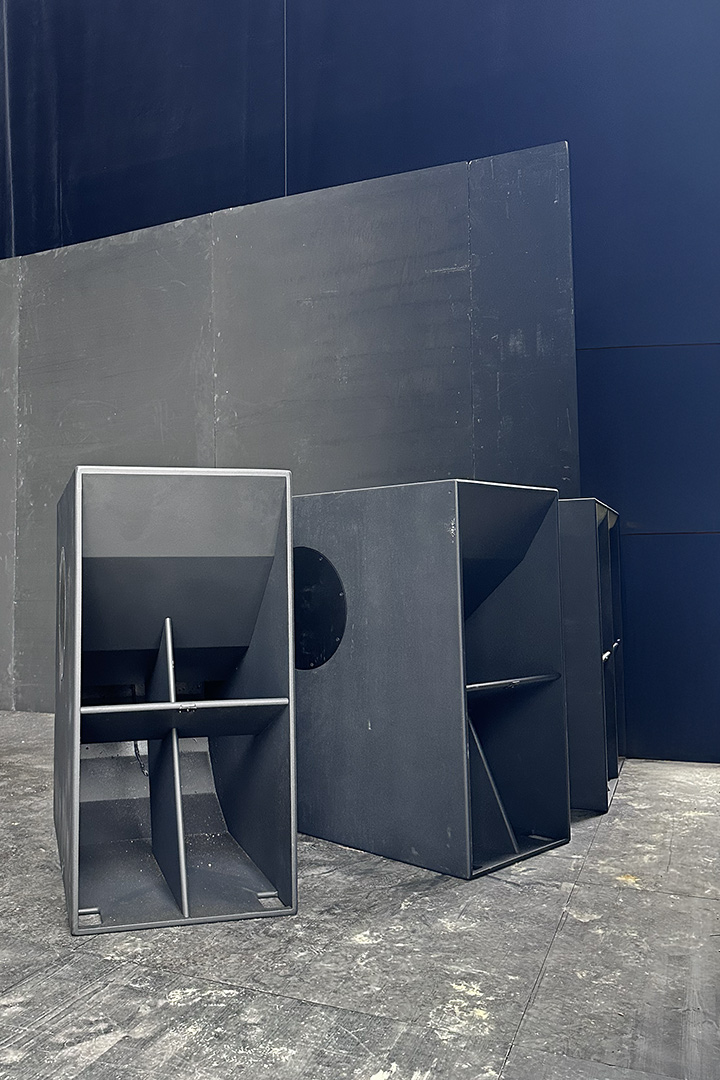
The design team paid careful attention to the seats positioned very close to the front edge of the stage and to the sound ramp speaker modules and those speakers placed at the top of the theater. Close to the stage, through HOLOPHONIX technology, the sound level of each ramp speaker module was adjusted to give the audience the same sound level, clarity, and spatial effect in that lower part of the theater.
“For the top seats, the combination of the C 15 speakers with the DIVA M² SUB NEO carried enough punch to get that impact to the last seats without overflowing the lower seats with low-frequency energy. The cardioid configuration of the DIVA M² SUB NEO enabled us to limit the amount of low-frequency energy spilling onto the stage, offering increased acoustic comfort for the performers,” explained Adrien De Giovanni.
“The eight mighty MAESTRO I subwoofers have loads of low-frequency extension and energy to cover the audience and proved quite directive, again, keeping the stage completely free from low-frequency sound,” adds Adrien De Giovanni.
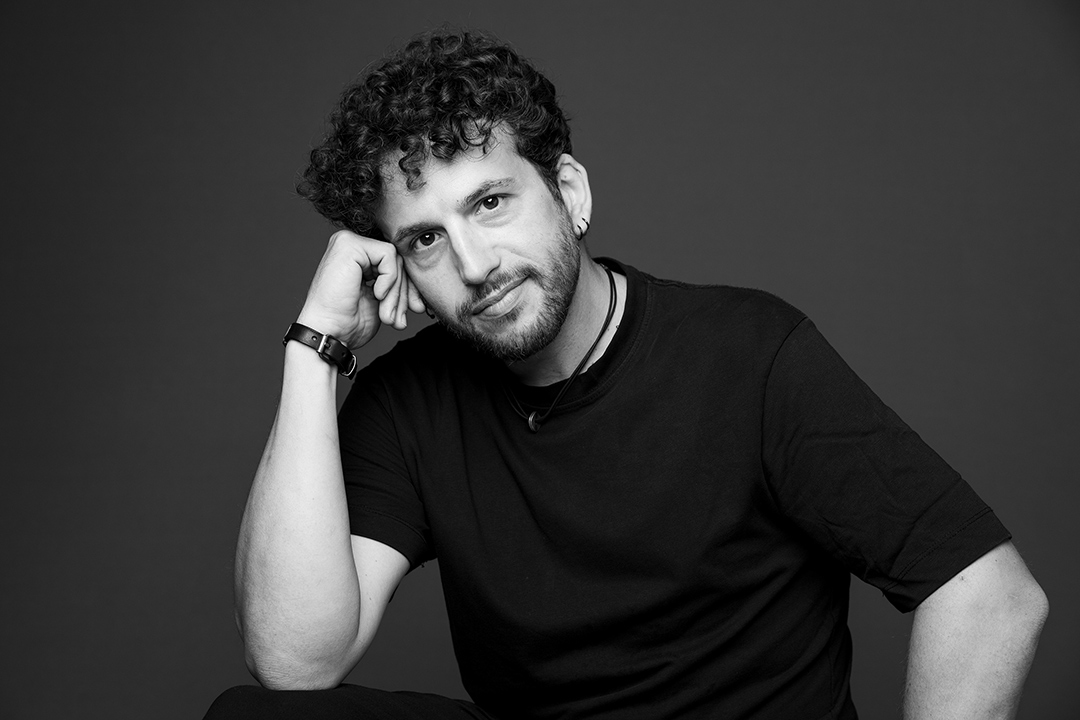
“We had to design a sound system suitable for theatrical performances and modern and contemporary musical events. Flexibility had to be ensured, as well as unrivaled precision, and the transparency of the sound system,” revealed Francesco Papaleo, Technical Engineer at HOLOPHONIX.
“At the very first demo that we organized at Domaine d’O, we shared thoughts and design principles with the local sound team, including Sound Engineers Loic Lambert and Samuel Pionnier. It didn’t take long to understand the extent of the challenge we were facing, and the multiple constraints that guided the project. But with the objective of a flexible system in mind, we designed one global HOLOPHONIX software preset that could be easily and quickly adapted to all the use cases required,” recalled Francesco Papaleo.
“The HOLOPHONIX configuration fits an ‘object mixing’ approach, taking advantage of the large multi-speaker sound-ramp in the proscenium, the upper arrays of C 15, and the DIVA M² SUB NEO. But with only a few clicks in the HOLOPHONIX software, the system can adapt for other approaches such as an L/C/R, or a hybrid L/R plus a few other sound objects,” added Francesco Papaleo.
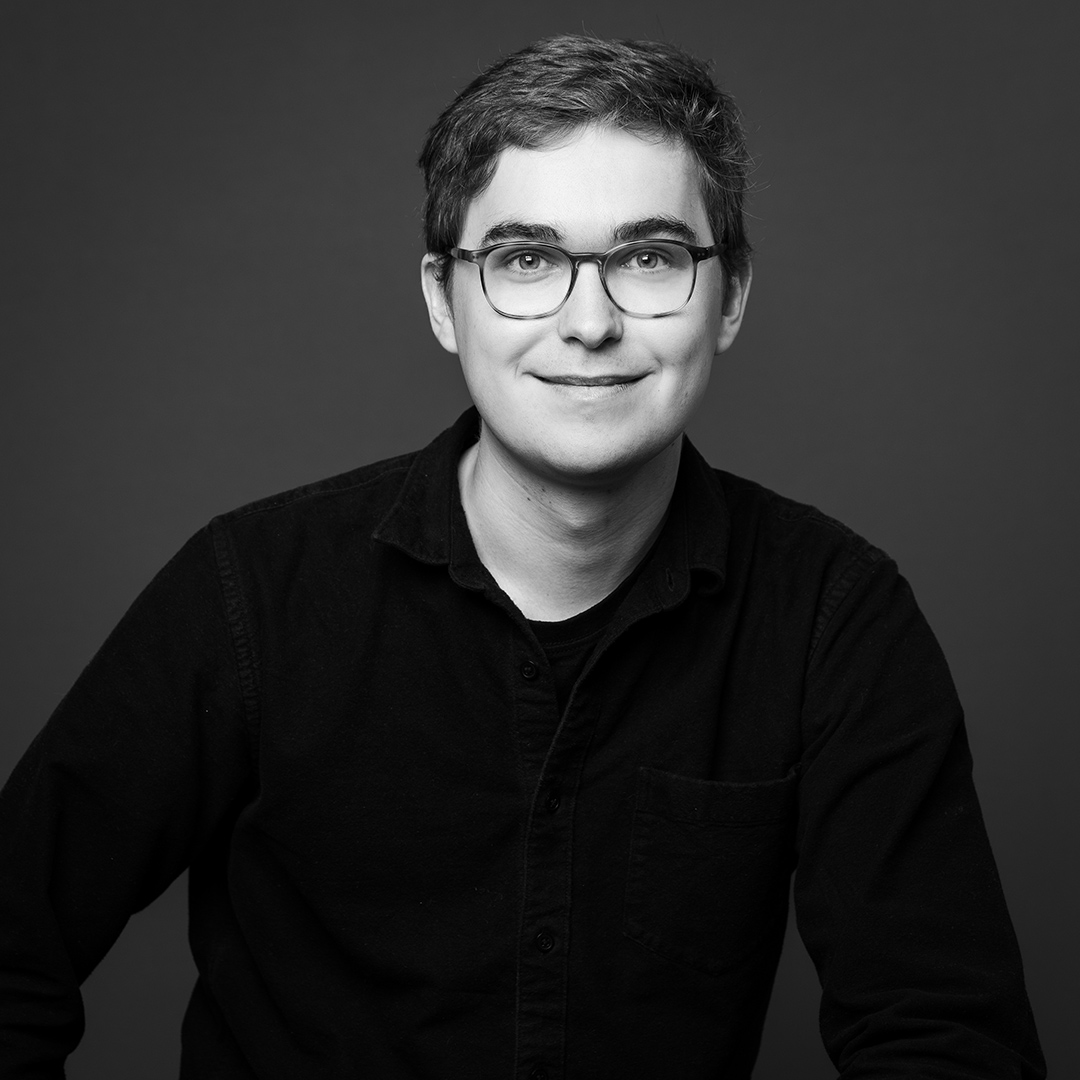
Adrien Zanni, PhD Lead Developer at HOLOPHONIX offered his overview of the install, “The flexibility of HOLOPHONIX helped us to set up the arc management of the DIVA M² NEO subwoofer line dynamically and quickly. There are two ways to manage ‘arc’ subwoofer setups. The subwoofers can be physically positioned at regular intervals in an arc with a fixed radius. In many venues, including at the Domaine d’O, it is difficult or impossible to physically place the subs on a radius.
“The second way is to place the subwoofers in a straight line at regular intervals. The amount of delay for each loudspeaker is determined by the ‘arc’ parameter, as if the subwoofers were placed in an arc. You can then calculate the amount of delay for each loudspeaker manually, or using various tools designed by system engineers, and enter each delay value into the output section of the amplifiers. To achieve this, we utilized the Wave Field Synthesis”
“Thanks to the ‘Delay Scaling’ and ‘Gain Scaling’ parameters offered by the WFS, you have an extremely powerful tool for dynamically managing Arc Sub configurations, offering automatic calculation of gains and delays based on the position of the virtual sources. This dynamic subwoofer management provides individual and localized adjustments for each source, ensuring coherence with their real-world positions.
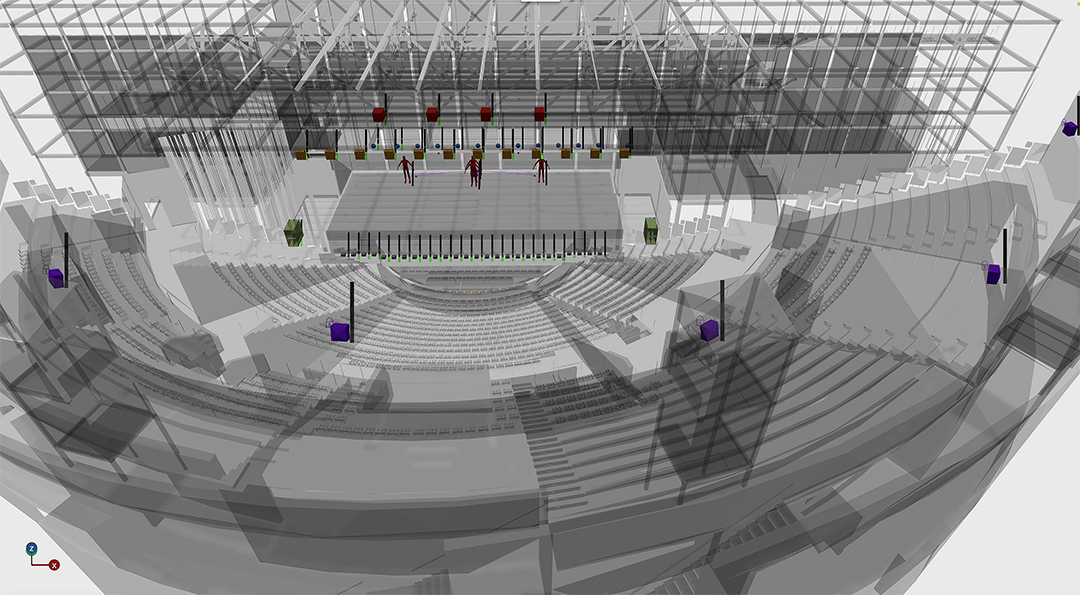
This approach, in contrast to traditional mono-based Arc setups, enables spatial unmasking benefits such as improved summation and timbre. Furthermore, when combined with a main FOH system also driven by WFS, the result is an incredibly convincing full-bandwidth soundfield experience,” concludes Adrien Zanni.
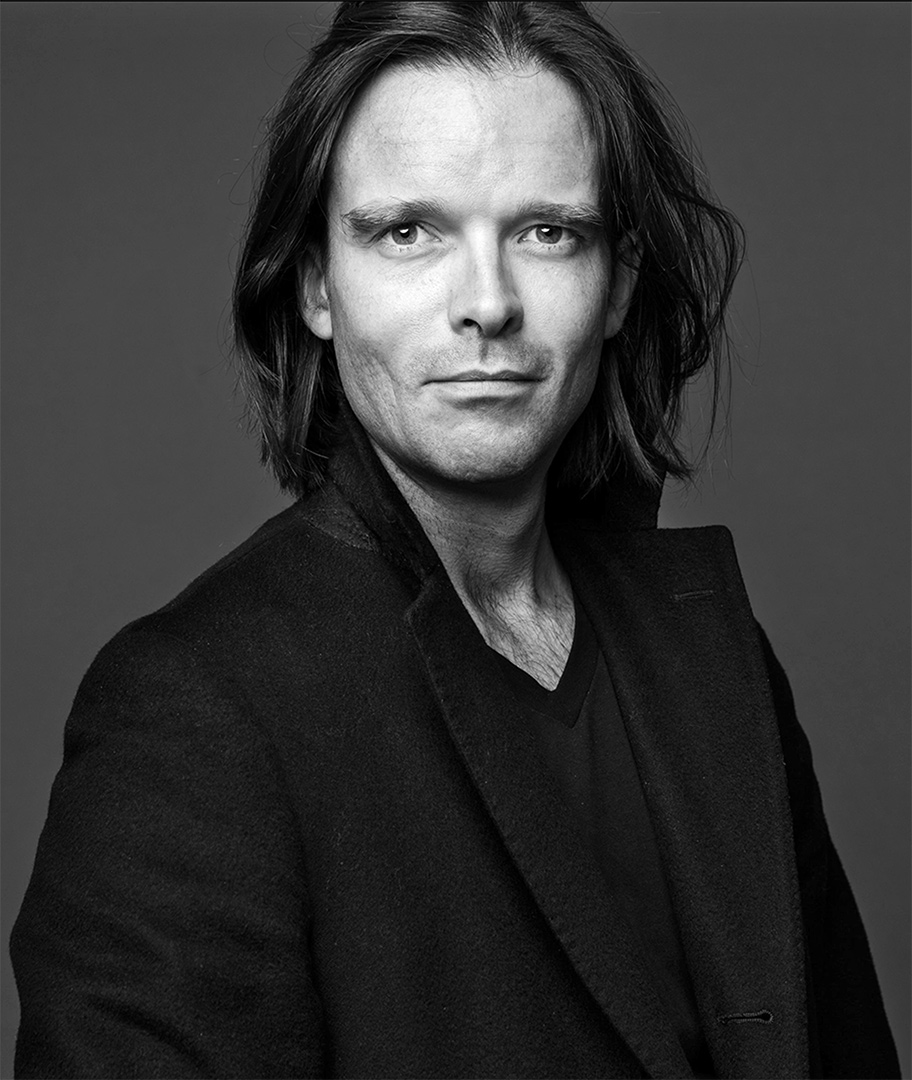
Revealing the distribution of goals between the Texen, Amadeus, and HOLOPHONIX teams, Antoine Lenfantin offered, “The roles of each partner were well defined, thanks to initial discussions between Texen and the Domaine d’O team, who were looking for a FOH system with low visual impact and offering a true sound image.
Working with Gaëtan Byk at Amadeus and HOLOPHONIX helped to create a synergy. By listening and proposing adaptations throughout the project, the cohesion between the teams was strengthened, ensuring technical integration in line with the needs of the venue and the events.”
“The technologies deployed for this sound system received very positive feedback from the operators hosted during the summer season. Loic Lambert and Samuel Pionnier, the HOLOPHONIX referral operators, were particularly committed to and convinced by the system, making a major contribution to the success of the project at Domaine d’O,” said Antoine Lenfantin.
“The success of this project attracted the interest of operators, set designers and entertainment professionals who came to observe the performance of the system in real conditions,” continued Antoine Lenfantin. “This successful experiment paves the way for future projects focusing on spatialized sound and reinforces the appeal of immersive solutions in live performance.”
The Director and Co-Owner at Texen, Nicolas Bellino, summed up the Domain d’O project, “We have finally succeeded in offering the entire audience an accurate and high-flying listening experience. This has been achieved after fifteen years of work in this magnificent venue. I would like to express my sincere thanks to everyone involved in this ambitious project.”
The new spatial sound system for the Amphitheater d’O consists of:
– 14 Amadeus SR 1460 DO specially designed sound ramp modules, each equipped with two 2-way coaxial transducers with a 5.25-inch woofer. These modules are mounted at the front of the stage and are used as a font-fill system.
– 18 Amadeus C15 triaxial loudspeakers, each with a 15-inch woofer and two compression drivers. These loudspeakers are flown as a line above the stage.
– 8 Amadeus DIVA M² NEO subwoofers, each with a 15-inch driver and featuring a very low noise laminar port with progressive termination. These loudspeakers are positioned on the technical bridge, above the C 15 antenna and are used from 55 Hz to 110 Hz in a cardioid arrangement as a bass complement.
– 8 Amadeus MAESTRO 1 subwoofers, equipped with two 12-inch drivers and featuring a long-folded horn. These infra subwoofers are positioned on stage and used from 28 Hz to 70 Hz to extend the response of the system in the ultra-low end.
– 8 Amadeus C 12 R modular stage monitors, each with a 12-inch woofer and one compression driver, loaded by an 80° x 60° waveguide. These speakers are used primarily as surround speakers.
For more information about Amadeus and HOLOPHONIX



